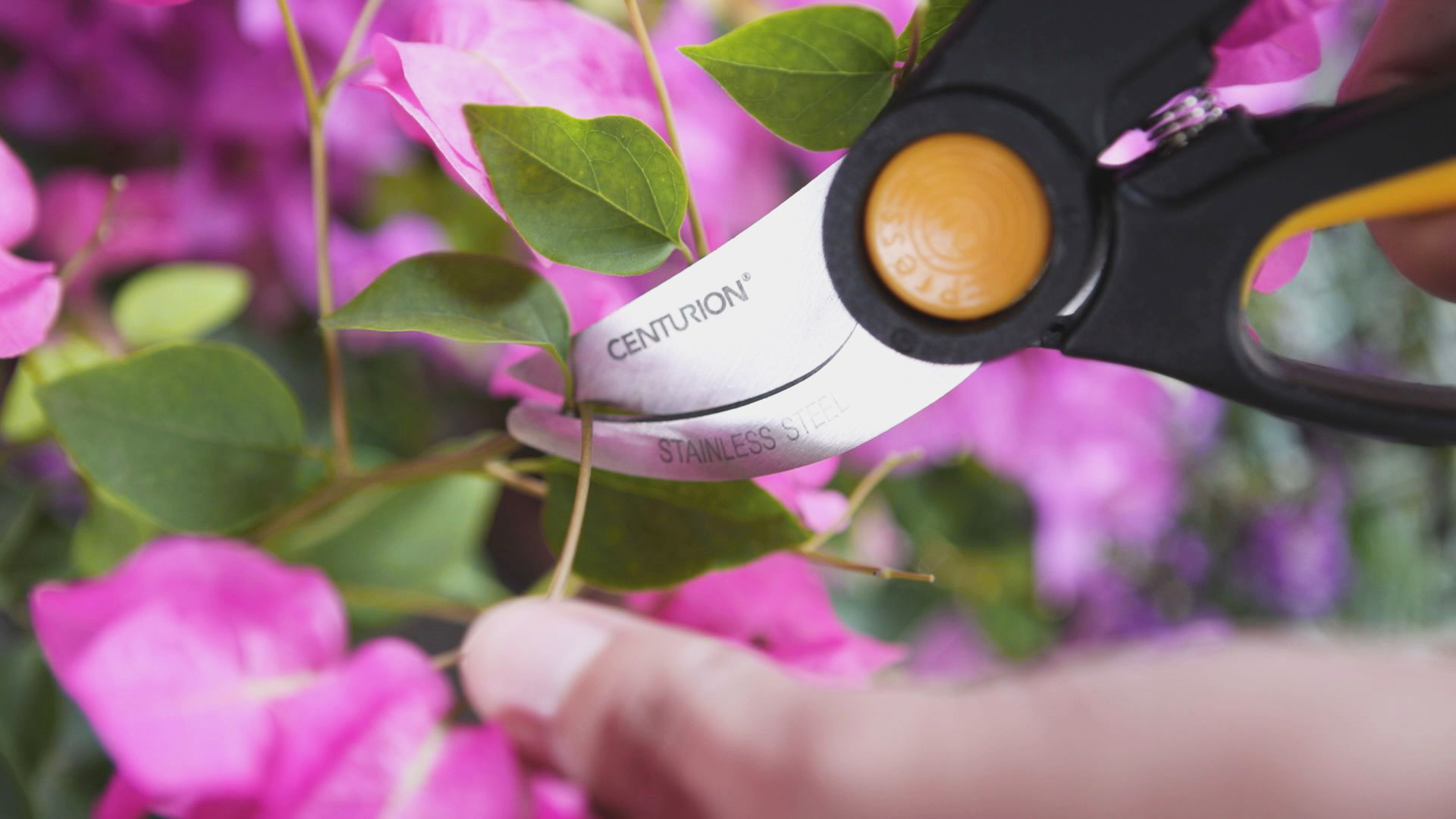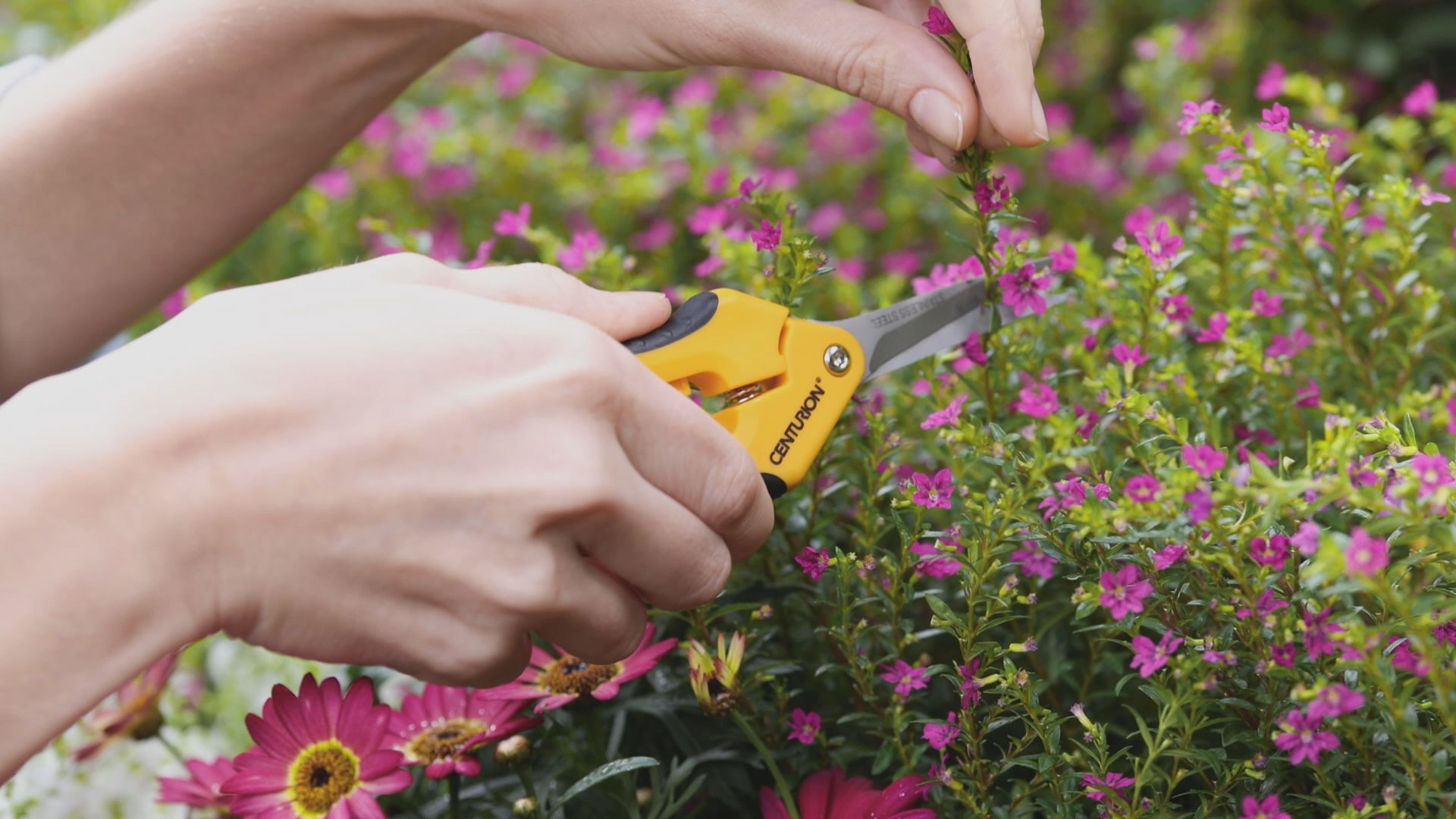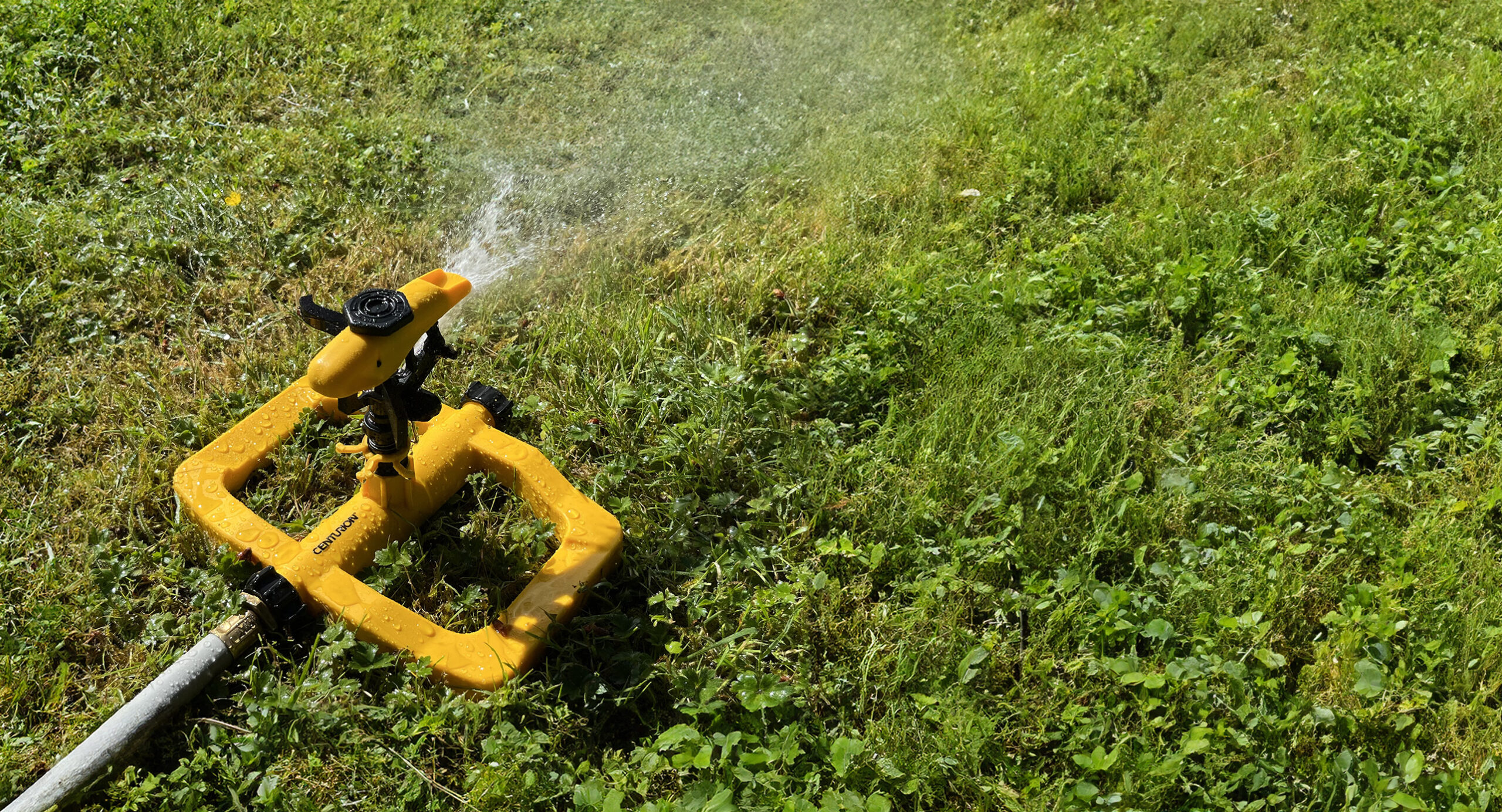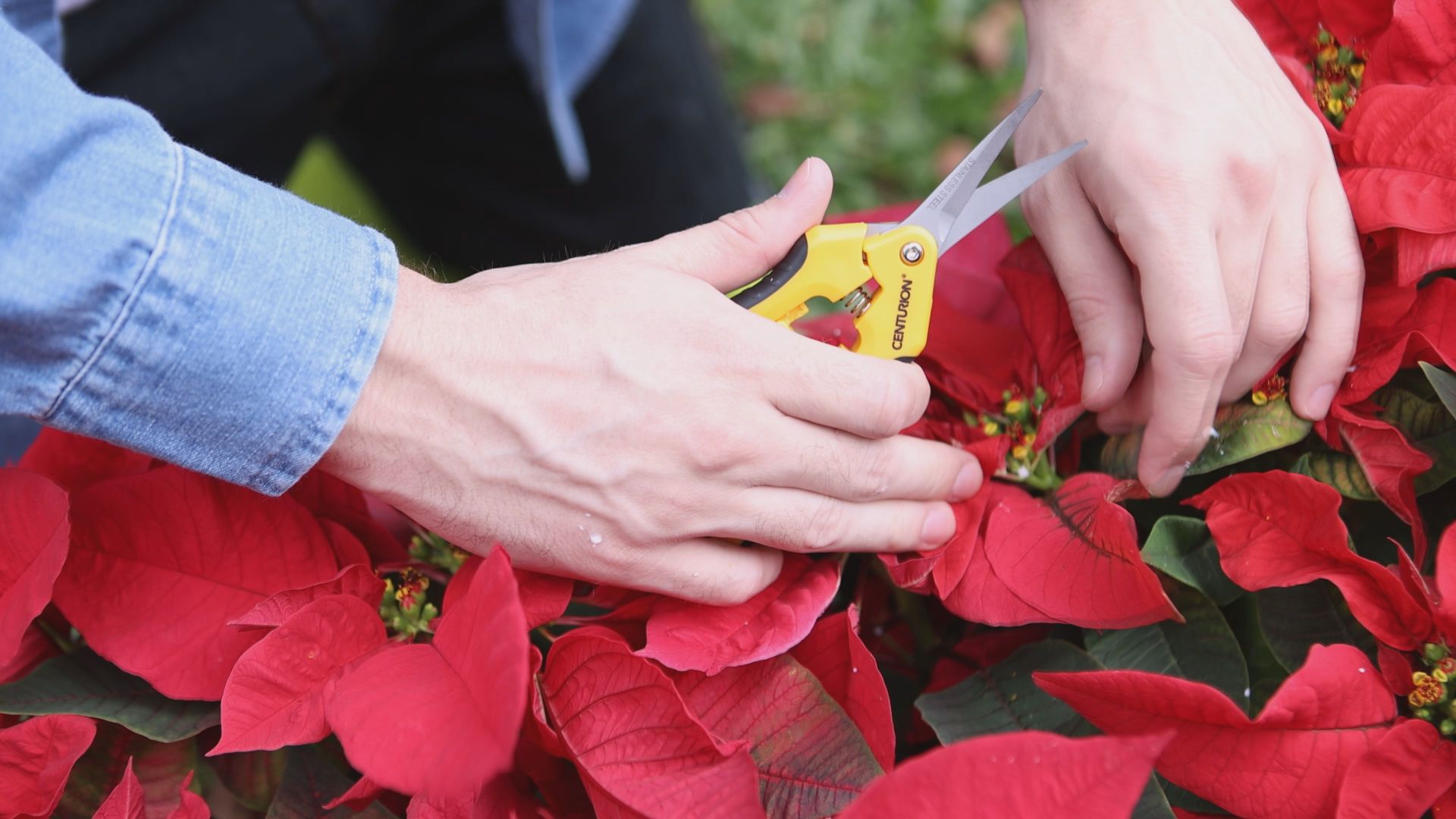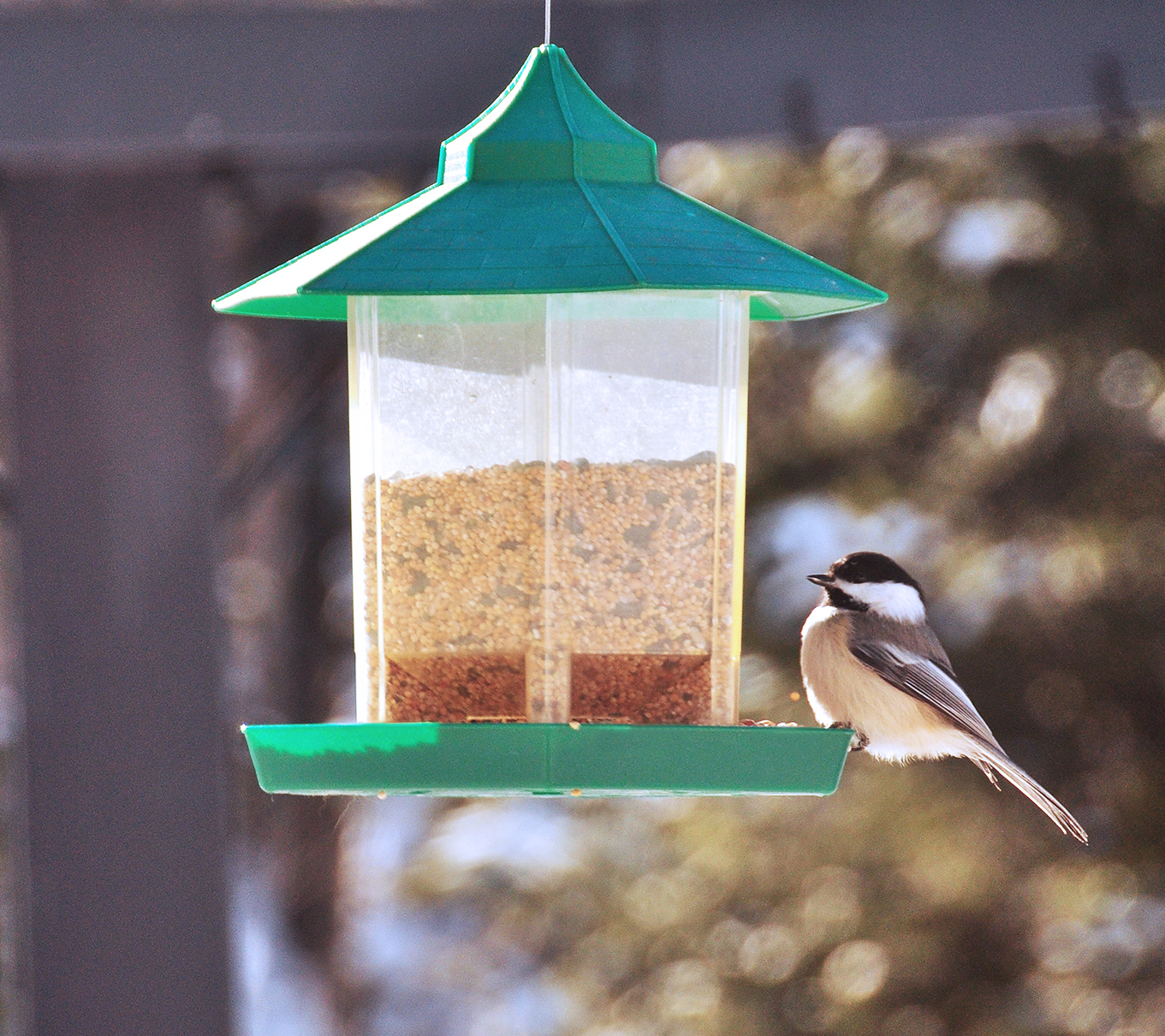Fall is in the air! Crisp mornings, colorful leaves, and that cozy feeling of curling up indoors. But what about our green roommates? As the days get shorter and the temperature drops, our houseplants need a little extra love to thrive.
Let’s dive in and give them the TLC they deserve this season.
Bringing Plants Back Inside
For those lucky enough to have enjoyed the summer sun with their houseplants outside in the garden, it’s time to bring them back indoors. This transition requires a bit of care and preparation to prevent them from going into shock once they are back inside.
- Gradual Acclimation: Just as you acclimated your plants to outdoor conditions, gradually introduce them back indoors. Start in a shady spot and slowly increase light exposure.
- Pest Check: Thoroughly inspect your plants for pests before bringing them inside. A quick shower with a sprayer can help remove unwanted hitchhikers.
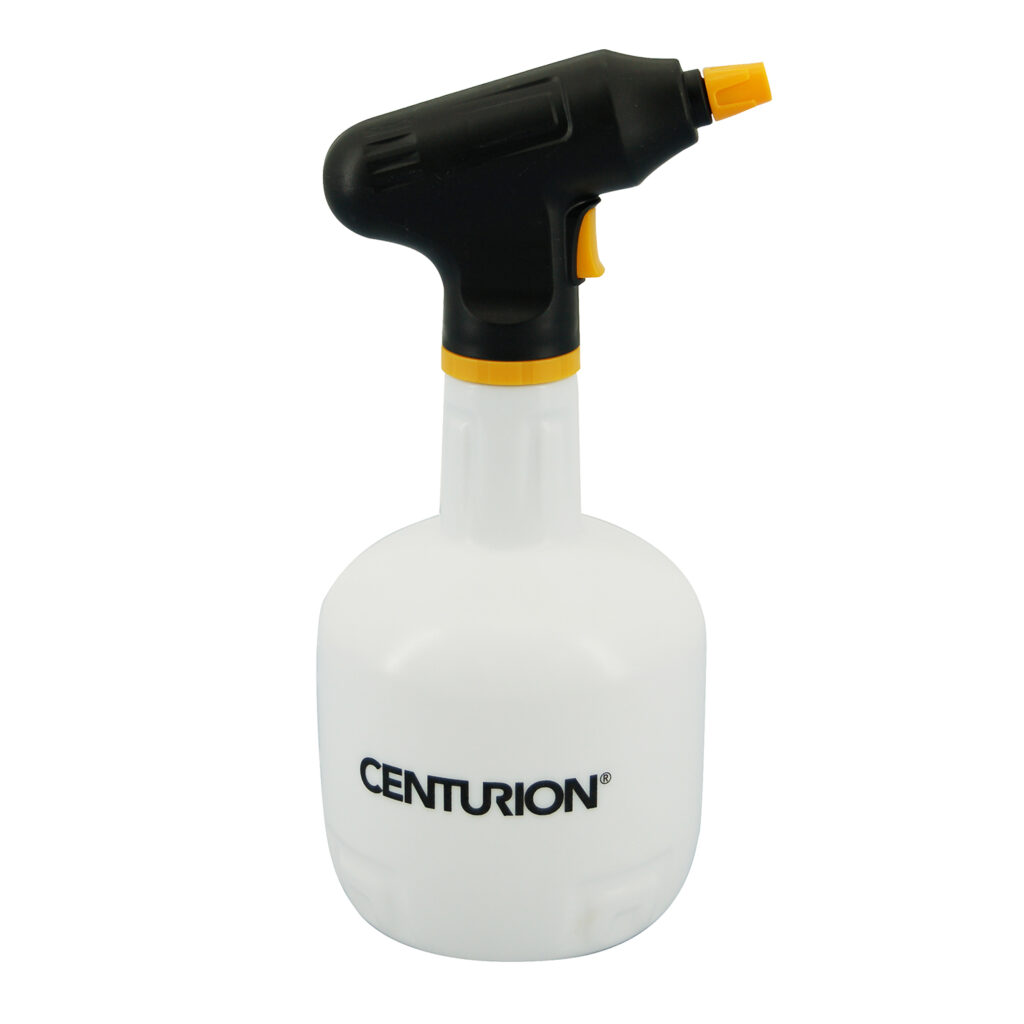
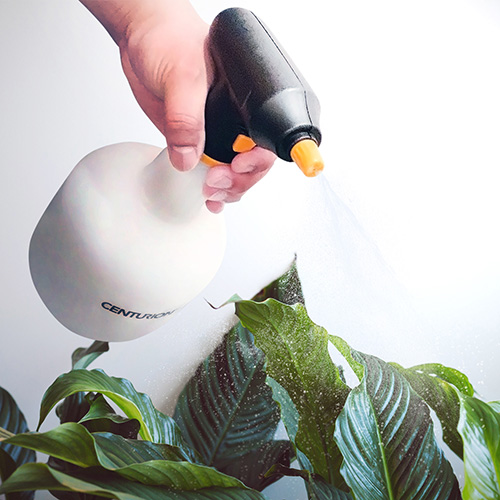
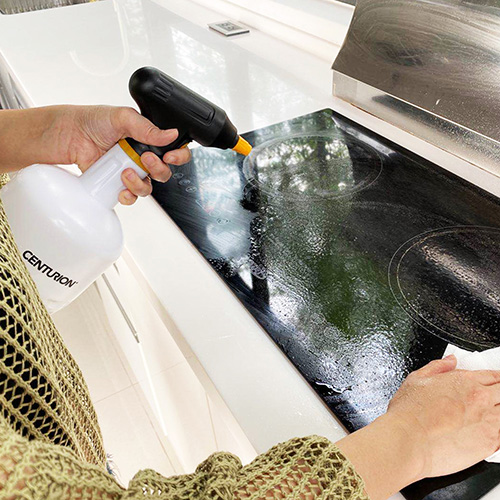
- Pruning and Repotting: If your plants have grown significantly over the summer, consider pruning with precision snips to shape them and repotting if necessary.
- Cleaning: Wipe down leaves to remove dust and debris accumulated outdoors.
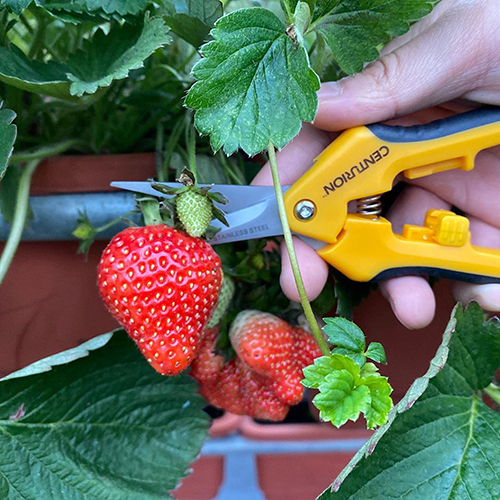
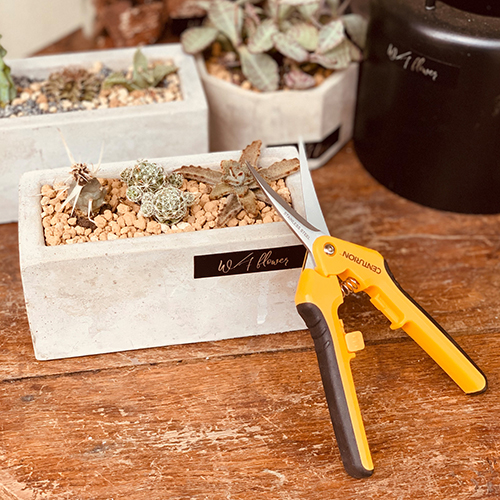
Adjusting Care for Indoor Plants
As the days shorten and temperatures drop, indoor plants require some adjustments.
- Reduce Watering: With less sunlight, your plants will require less water. Allow the soil to dry out slightly between waterings.
- Monitor Light: If natural light diminishes, move plants closer to windows. If necessary, consider supplementing with artificial light.
- Humidity: Indoor heat can dry out the air. To increase humidity use a humidifier, place plants on pebble trays, or mist regularly.
- Fertilizing: Reduce fertilization as plants enter a slower growth phase.
- Pests and Diseases: Keep an eye out for pests and diseases, as indoor conditions can be conducive to their spread.
Common Fall Plant Issues
Is your plant looking a little less than lovely? Fall foliage issues are common during this time. Here are a few symptoms and what they might indicate:
- Yellowing Leaves: This can indicate overwatering, underwatering, or insufficient light. Adjust your care accordingly.
- Brown Leaf Tips: This is often a sign of low humidity or overfertilization.
- Drooping Leaves: This could be caused by underwatering, overwatering, or insufficient light. Check the soil moisture and adjust your watering schedule.
Adjusting houseplant care from summer into fall helps your plants to thrive throughout the fall and winter. Remember, each plant is unique, so observe their specific needs and adjust your care accordingly. Check out our friends at Costa Farms to learn more!

